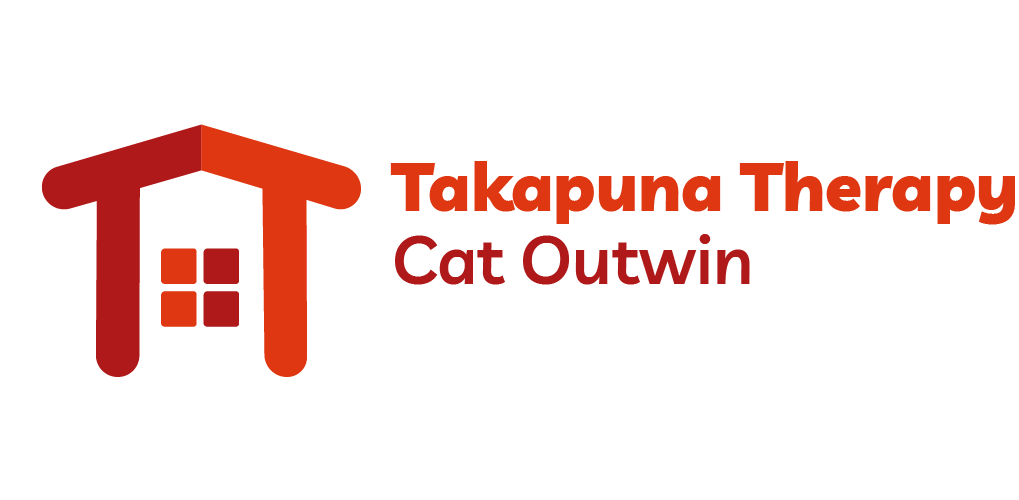Do you find making eye contact very very awkward ? When you are at work, with family, friends or interacting with strangers, does the thought of making eye contact fill you with dread, almost to the point that you would rather not have that interaction at all, than to feel those uncomfortable feelings ?
Those uncomfortable feelings have been described as awkward, anxiety inducing, scarey, terrifying, maddening, cringey. Like you just want the ground to open and swallow you up ! For some, it can trigger the flight or fight response. For others, they avoid the social contact as much as they can. Some people wear dark glasses alot.
Why is it important ?
Making eye contact is one of the primary ways we communicate with each other. We rely on these non-verbal cues on a conscious and subconscious level. Our eyes express an enormous amount of information about our feelings and reactions.
Making eye contact and interpreting other people’s social cues through their eye movements are crucial to forming strong social bonds. It increases our professionalism at work and can also help you form deep romantic connections.
So why do some people find this so challenging and other people never think about it ?
Why me ?
There is neuroscience behind why this may go wrong – a specific part of the brain may not have developed properly, fortunately due to neuroplasticity and the ability for the brain tissues in the cerebellum to adapt and reshape, eye contact can be improved through practice.
And the modern technology focussed world that we live in hasn’t helped ! Look around and see how much time we spend in front of our phones, computers and other devices. Decades ago, all of this time would have been spent with real life social interaction.
How we treat it
Often though, self-esteem and a lack of self-confidence underlies this problem. I use evidence-based therapies to increase self-esteem and self-confidence such as Cognitive Behavioural Therapy (CBT), assertiveness training, social skills training and sometimes hypnotherapy. There are many tools in my toolbox that I can use to reduce the anxiety this can cause and build up tolerance to the distress with practice during therapy and also as homework.
Therapy can involve the therapist and client facing back to back and do some task concentration exercises, repeating details of the stories, so the client becomes less self-focussed. Then side by side, in a less threatening situation. Slowly face to face, eye contact is introduced in this non-threatening environment. We start with focussing on one part of the face (eye, eyebrow, mouth, nose), then practice making your gaze travel over the face.
Moving your focus from being self-focused to intently listening to the other person, really focussing your attention on what they are saying and get ‘out of our head’ is also very beneficial.
Fortunately, there are several therapies and tools in my therapy toolbox to try. Many studies have found that maintaining face-to-face human contact, interpreting other’s non-verbal and verbal cues, can improve our happiness in many areas of our life, and increase our emotional and intellectual connections with others.
Contact me at Takapuna Therapy if you would like more information.


13 Comments
Kristeen
I do not even know how I ended up here, but I thought this
post was good. I do not know who you are but certainly you’re going to a famous
blogger if you are not already 😉 Cheers!
my blog post nova88
Sntddype
college essay community service common application essay help
KrbcExpof
thesis express phd thesis writing
Snukdype
brazilian viagra viagra stay hard after ejaculation
Dnrvdiand
haushaltsmittel statt viagra viagra görevi gören yiyecekler
FthtGully
how to buy viagra in melbourne viagra zorgverzekering
DnyuSnism
rapid viagra fc viagra and teenagers
HtbnExpof
echantillon viagra gratuit viagra in saudi arabia
Snukdype
de unde sa cumpar viagra jak dziala viagra wiki
Dnrvdiand
viagra rezept online viagra receta espaГ±a
FthtGully
cialis viagra canada fake viagra prescription
HtbnExpof
vahЕџi cazibe viagra long term effects using viagra
Snukdype
dragon power viagra viagra negative effects